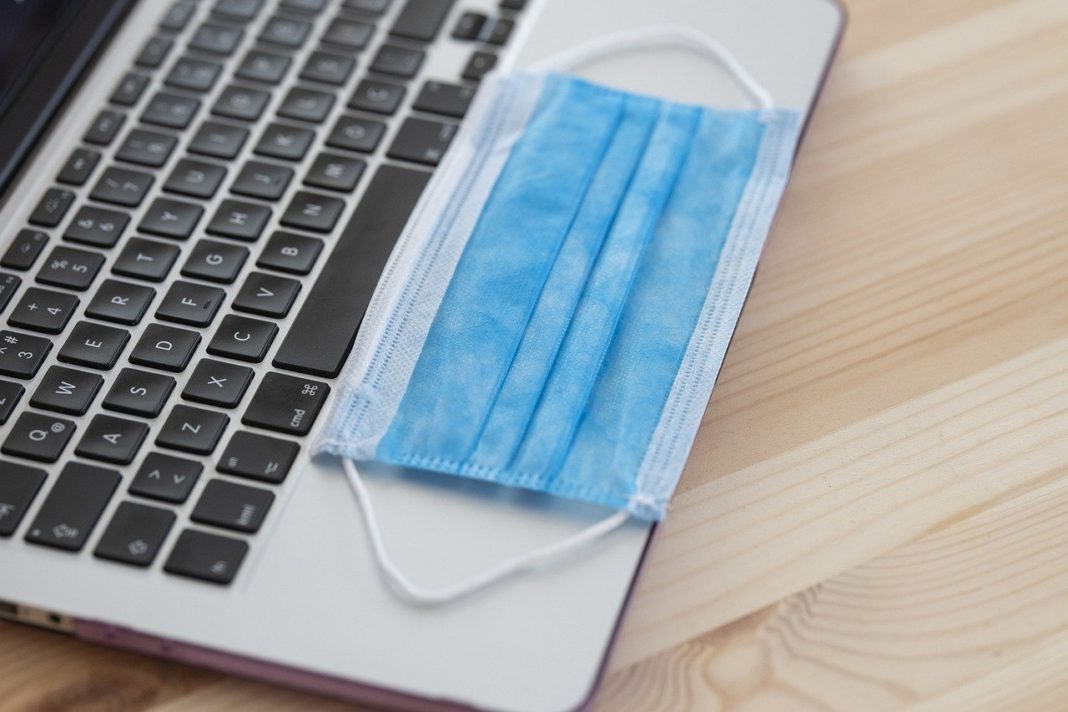In our previous blog we noted that although the Government had provided some welcome clarification of their Coronavirus Job Retention Scheme, some questions remained unanswered.
The Government has now provided further information but employers still have important queries and are seeking clarity on key issues.
The welcome clarification that has been provided is as follows:
- Any employer can claim
All employers are eligible to claim under the scheme. The Government recognises that different businesses will face different impacts from coronavirus. When the Chancellor originally announced the scheme, eligibility was qualified with wording that it was designed to help in situations in which employees would otherwise be made redundant. That created some uncertainty as to whether employers would be required to demonstrate that their employees would otherwise be made redundant. However, the new guidance suggests otherwise.
- Overtime and commission can be used to calculate wages
Employers can include regular overtime and contractual commission payments when calculating their employees’ wages for the purposes of reclaiming 80% (or £2,500) from the government. However, irregular overtime and discretionary payments are likely to be exempt.
- Some staff can be re-employed and put on furlough
Employees ‘who stopped working for’ their employer on or after 28 February can be re-employed and placed on furlough. It was previously thought this might only apply to employees who had been made redundant, but the new guidance suggests it applies to any employee who left for any reason. That would include situations in which employees resigned. However, it would then be up to the employer whether or not to allow them to retract their resignation.
- Employers can use rotas for furloughed leave
Employers can set up a rota to move staff on and off furlough, provided that each individual period of furlough lasts for a minimum period of three weeks.
- Apprentices can be furloughed
The Government has confirmed that the scheme applies to apprentices. However, there is an important difference. For most employees being put on furlough, it does not matter if paying 80% of wages takes an employee below the National Minimum Wage or National Living Wage. However, where apprentices continue training those training hours must be paid for at minimum wage levels. In other words, the employer must top up the apprentice’s wages.
- Employers can claim for all workers
Claims can be made in respect of all workers, rather than purely employees, provided they are paid via PAYE.
- Self-isolating staff can be furloughed
Employers can claim under the scheme for employees who are shielding at home in line with public health guidance and for those who need to stay at home with someone who is self-isolating. However, in both instances that has been qualified by a requirement that the employees cannot work from home and that the employer would otherwise have to make them redundant.
- Employees must be told in writing
The guidance has been updated to confirm that an employer must place an employee on furloughed leave in writing and that they need to keep the record for five years.
Three questions that remain unanswered
While the updated guidance provides clients with useful clarity, three key issues remain unclear:
How does furloughed leave impact on annual leave and holiday pay?
The interplay between holiday leave, holiday pay and furloughed leave is yet to be clarified. That poses a problem, because employers do not know whether an employee can be simultaneously on annual leave and furloughed leave.
Can an employee book a holiday while on furloughed leave?
It is unclear whether or not an employee can book holiday or whether an employer can compel an employee to take annual leave while they are on furloughed leave. If an employee can be on holiday while they are on furlough, it is possible that the employer would need to pay the employee at their usual rate of pay (i.e. 100% of their wages). That would then mean the employer would be unable to reclaim any of that sum via the Government scheme. This poses an imminent dilemma with regards the approaching bank holidays.
What about sick pay?
At present, the guidance states that an employee who is sick will be due Statutory Sick Pay and an employer cannot claim under the scheme. However, it is not clear what happens if an employee who is presently on furlough becomes sick. It may be that they have a financial incentive not to report their sickness, which poses further public health dilemmas.
We will be keeping a close eye on developments over the coming weeks and will continue to update employers as these issues become clearer.
For more information or advice, please contact the Employment team at Coodes Solicitors: CommercialDisputesEmployment@coodes.co.uk









